Sometimes Healing Hurts, Pt. 2
“May the road rise to meet you.
May the wind always be at your back.
May the sun shine warmly on your face.
May the rain fall softly on your fields.
And until we meet again,
May God hold you in th…
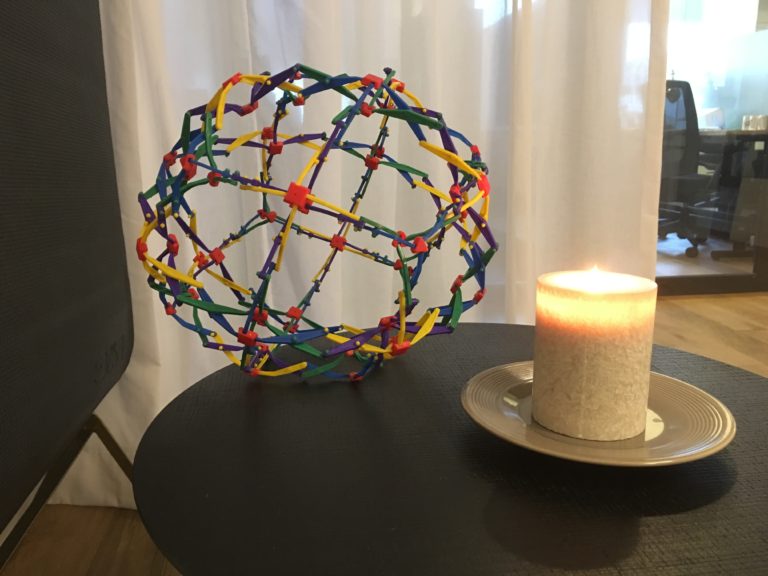
“May the road rise to meet you.
May the wind always be at your back.
May the sun shine warmly on your face.
May the rain fall softly on your fields.
And until we meet again,
May God hold you in th…
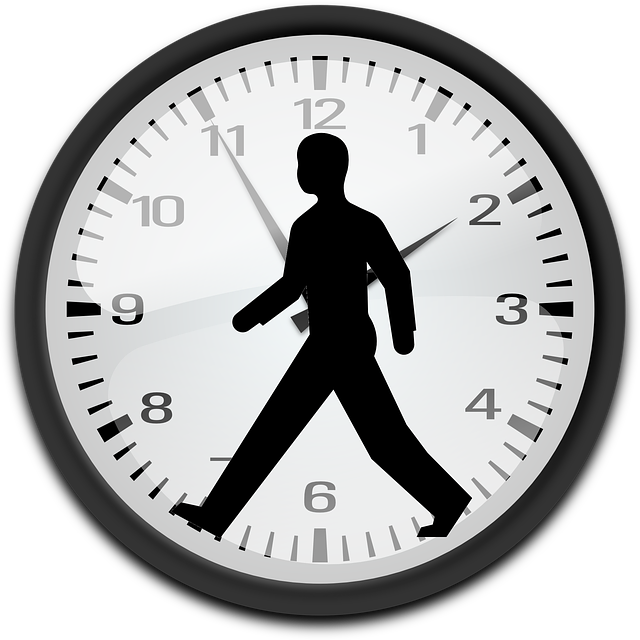
“There is no process that does not require time.” — 6th Chiropractic Principle, Ralph W. Stevenson, D.C.
Did I ever tell you how I came to chiropractic? I actually think I have, but I’ll tell you again.
I was a dumb teenage kid and I …

Holiday food washing. You went out of your way to buy the freshest, most delectable, foods for your holiday recipes. And you’re going to use…what?…commercial food wash to clean them? Noooo! Commercial fruit and vegetable washes often contain harmful ingredients and are no more effective at killing bacteria and microbes than fresh water mixed with…
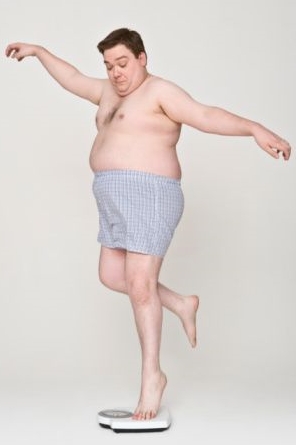
How are you stepping into your 2018 goals? Start with last year’s. Most experts say that we quit our New Years’ resolutions (NYRs) within the month of January. I think we place a lot of weight – no pun intended – on January 1 being the start of our “whole new me.” Our bodies don’t…
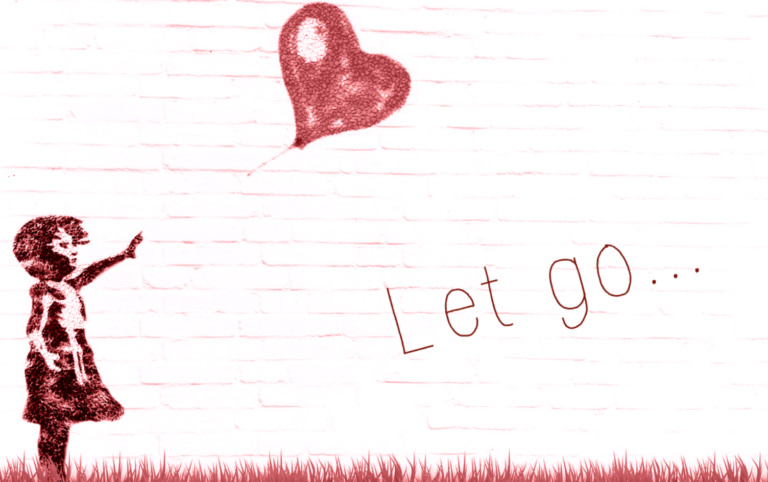
This is the story of what I learned about myself at a wine and chocolate tasting event last week. You may know of my fondness for good chocolate. You may even know my fondness for good, red wines, too. I try to eat and drink them within due bounds. I also like to choose products…
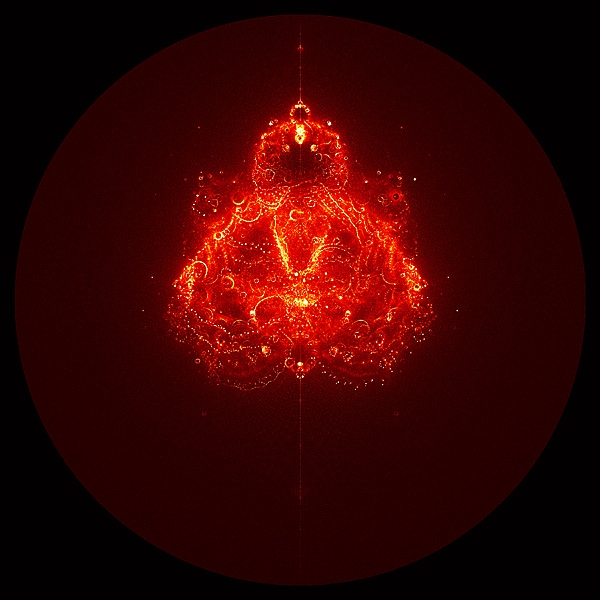
Your voice is strong. Bring your voice to life. I believe there is a place for your passion in this world. If you think that others have already paved the way, and that your voice doesn’t matter… LOOK AROUND For every aspiring healer in the world, be they chiropractor, medical doctor, spiritual director, energy healer,…
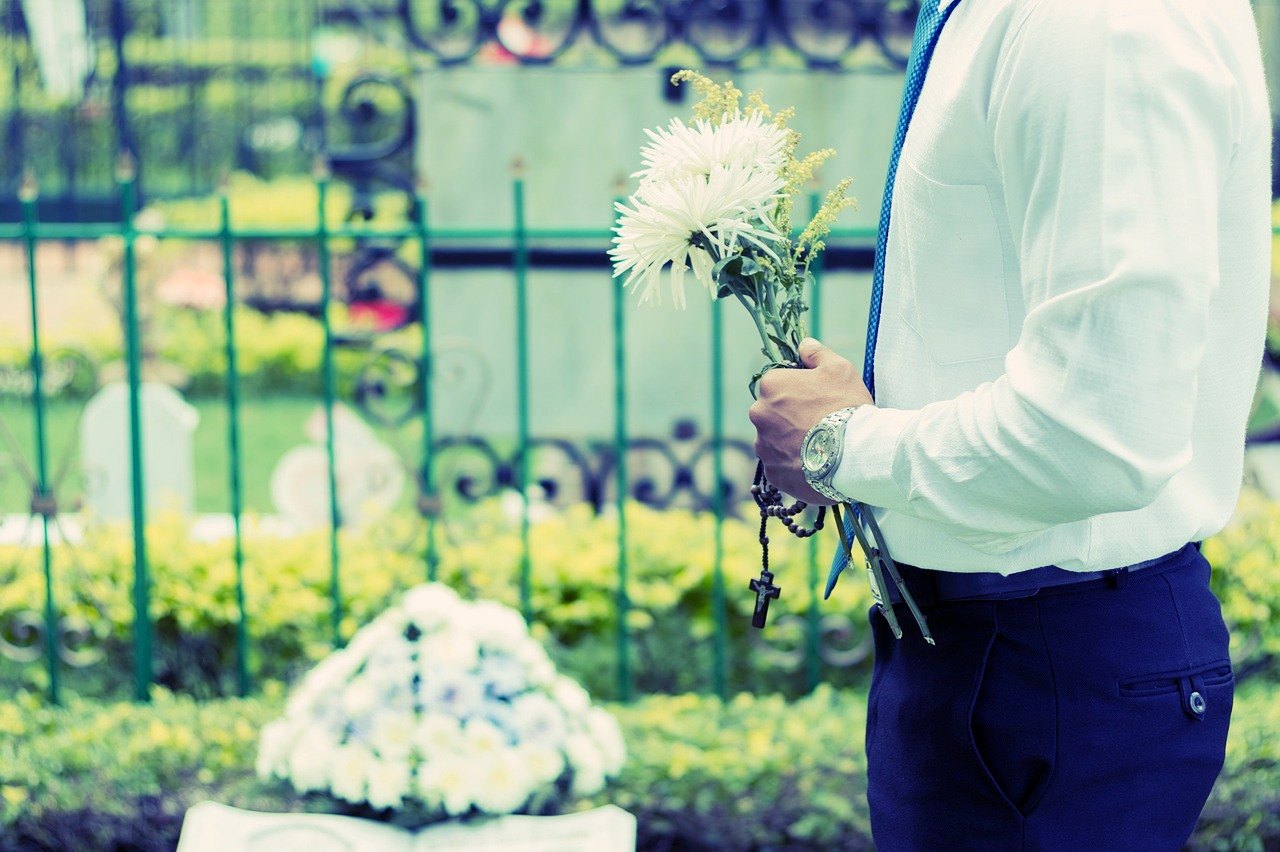
The following story illustrates one of two huge reasons why it’s hard to change our eating habits: We talk ourselves into believing we are addicted to them. We actually are physically addicted to them. In this blog post, I am going to address #1. I’ll address #2 in a future blog post. Food is an…
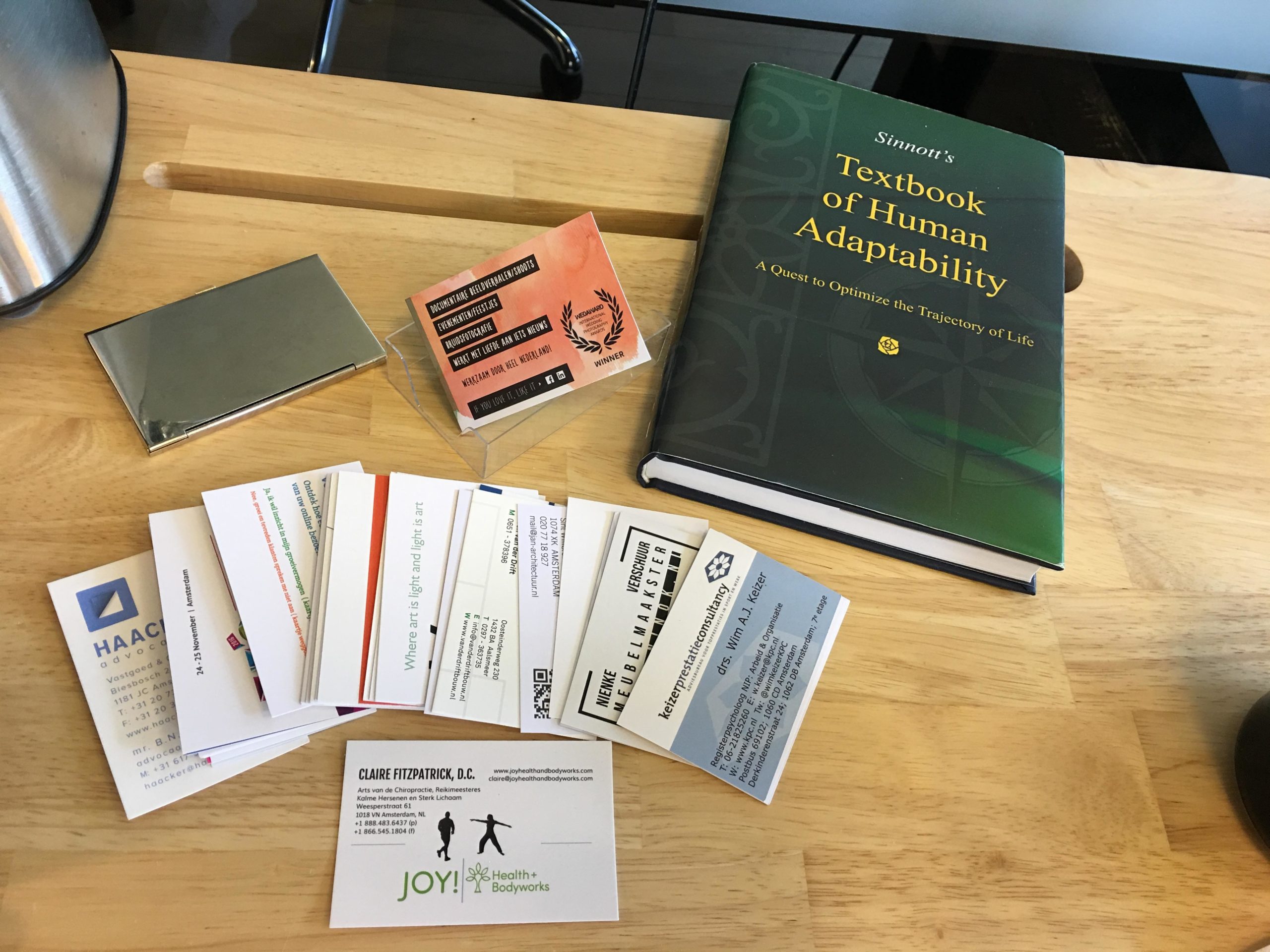
This morning, I visited a business networking group in a suburb of Amsterdam called Amstelveen. First of all, I was late. I was so late. The Dutch, like New Yorkers, are very prompt. They pride themselves on three things: orderliness, cleanliness, and timeliness. I have cleanliness down. Orderliness and timeliness are challenges for me. When…